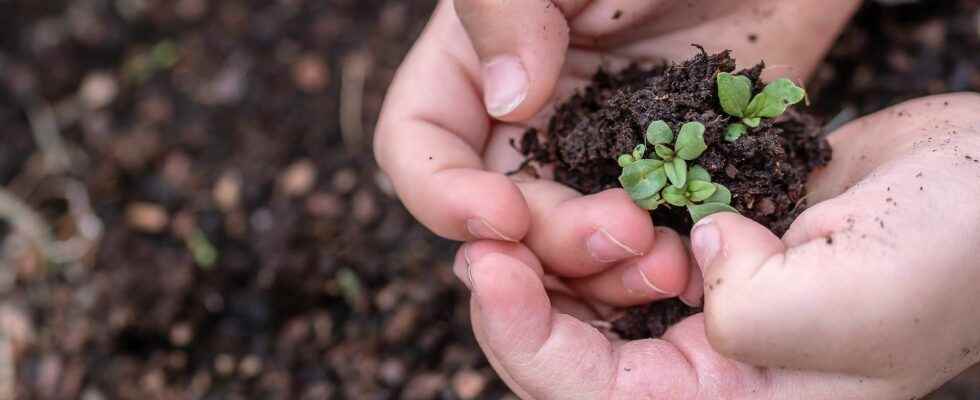For centuries, the spade has been a tool that gardeners have always considered essential! Of course, his job has many advantages. It helps aerate the soil and make it cleaner. Letting the earth gradually get dirty, with the presence of faded dead leaves, has never given satisfaction to meticulous people. So how do you deal with this situation: dig your garden every year or let it organize its life on its own, without turning it over? Everything must depend, in fact, on the nature of your garden…
You will also be interested
[EN VIDÉO] The 10 most dangerous plants lurking in your garden They are beautiful… but poisonous. These seemingly innocuous plants contain powerful toxins that can cause death. Some are even notoriously famous poisons.
Digging your garden is a technique that has always been considered essential and few gardeners do not practice it, in general, during Winter. Lifting the earth with a spade can indeed improve soil aeration and drainage. This technique also makes it possible to bury organic fertilizers and in particular the soil that you have prepared using residues, as well as weeds that do not have seeds. This technique will break down the hard layer of your garden. It will also bring to the surface some parasites (white grubs, wireworms, etc.), which the birds will devour with great appetite.
True or false: is digging your garden an advantageous technique?
FALSE ! This way of proceeding tends, more and more, to be called into question. It has serious drawbacks. This technique indeed disturbs the balance of the micro-fauna of the soil and, in particular, the presence of earthworms which can then dig the ground in your place by aerating your plots.
Digging is also criticized for significantly increasing the evaporation of water, which can be detrimental, especially during periods of drought. If you decide not to dig your garden, for example every other year, it will be preferable to prepare your soil beforehand wet with an opaque mulch of 5 to 8 cm in thickness. organic materials : leaf mold, compost, grass clippings, crushed branches, hay, leaves of ferns, etc This mulch will develop an intense biological life conducive to your crops, while preventing the proliferation of weeds.
True or false: is it possible to sow on undigged ground?
TRUE ! Act in this way especially with vegetables as the carrotthe beetrootthe pea, the parsnip, etc To do this, all you have to do is remove the weeds using a hoe and raking up large debris left over from a previous mulch. Draw a furrow, wet it and place your seeds. For some gourds and cabbages, hoe the soil, spread the mulch where you want to plant and make a hole using a trowel. Transplant, then level the mulch, leaving a gap of 5 to 10 cm around the stem to prevent rotting. To plant potatoes without digging the ground, it will be necessary to place the tubers on the ground and spread on top a thicker mulch, first 10 cm.
True or false: is it good to sow green manures instead of digging an uncultivated plot?
TRUE ! On all the plots where you have harvested, you will always gain, from October, by sowing green manures such as buckwheat or phacelia. Indeed, a winter plant cover will help maintain the flexibility of your soil and its protection against precipitation abundant.
“The garden in 300 plant sheets”
Do you want to know everything about the plants that adorn your garden or grow new ones adapted to the conditions of your space and your desires?
Vegetable, aromatic, climbing, ornamental plants and fruit trees, find all the types of plants and the keys to successful crops while respecting the environment: planting, care, multiplication, good associations…
A veritable mine of practical information, this book offers 300 plant sheets classified in alphabetical order and by section to facilitate your search!
Interested in what you just read?
